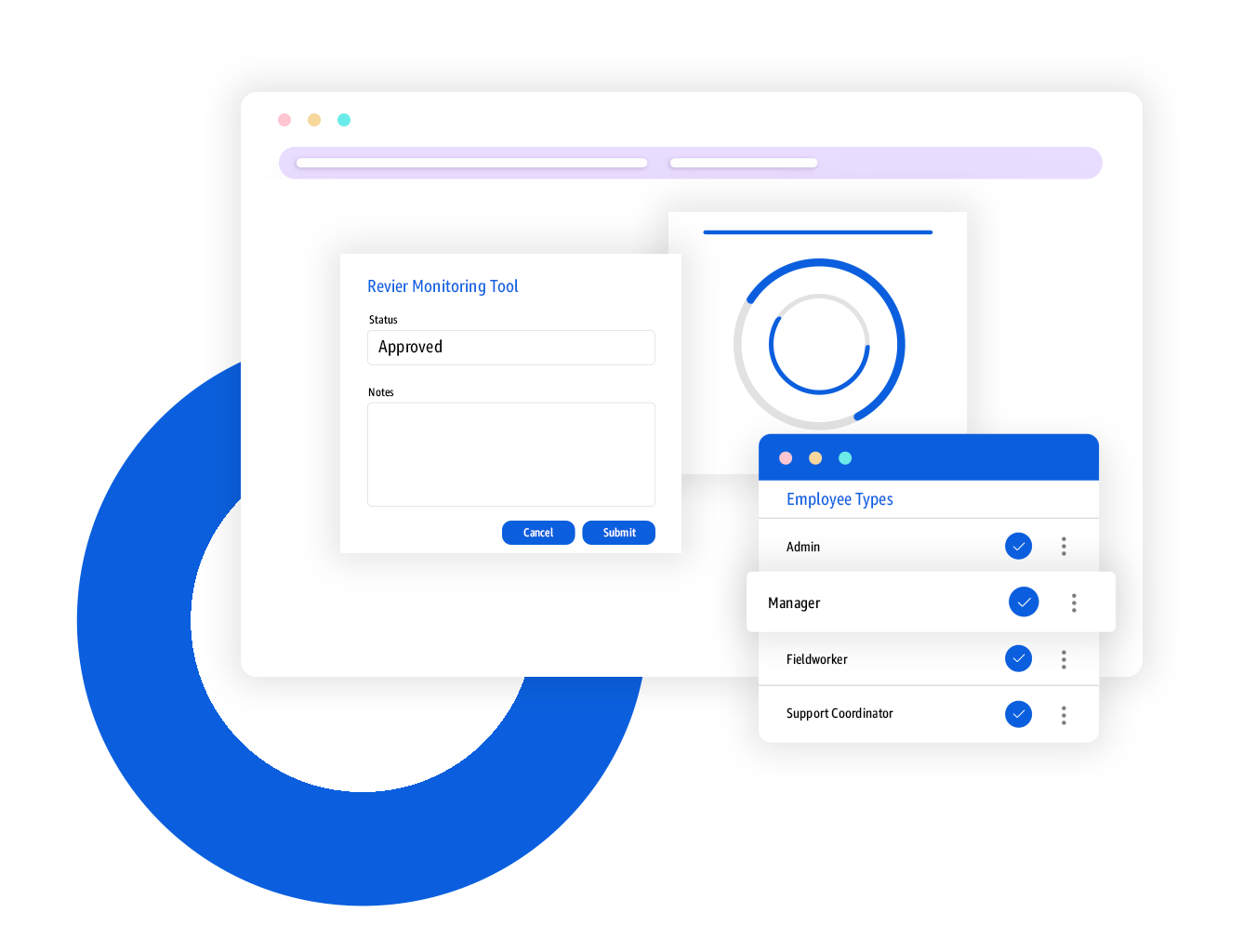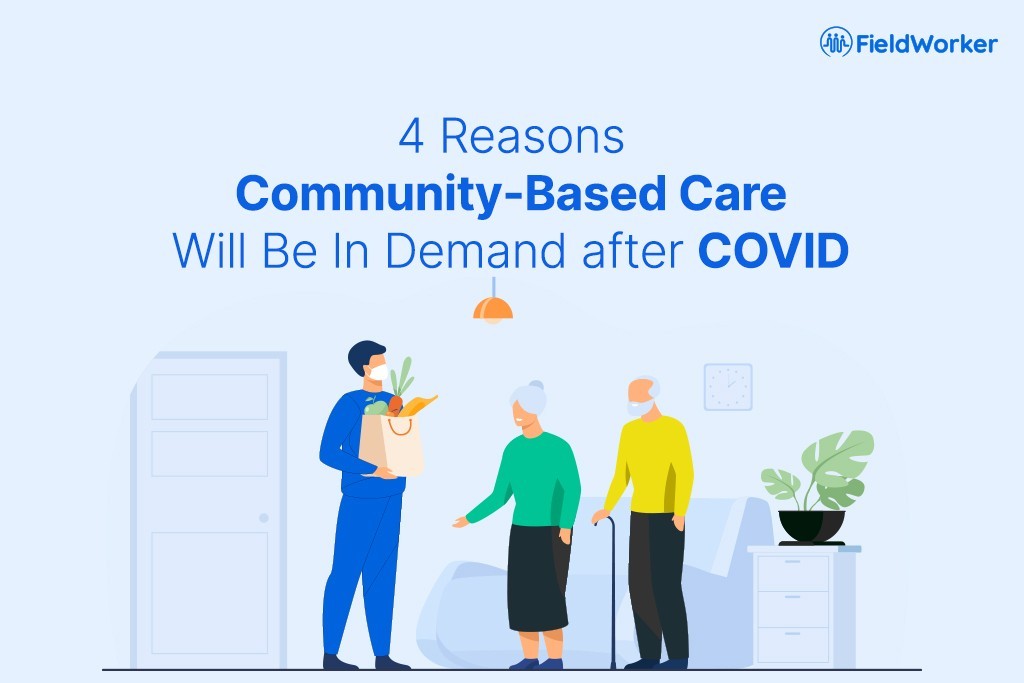The pandemic has shone a spotlight on the lack of community care given to seniors in care facilities – and this is true across the world, not just in the US. Data collected from 21 countries suggests almost half of all COVID-19 related deaths have occurred in long-term care facilities.
What this entails in the long-run is a call for more community-based care options, as a lot of these establishments and service providers have additionally restricted visitation for family and friends due to the pandemic. Let’s take a look more at the background and advantages of community-based care in detail:
1) Reduced costs with home-based programs: Hospital at home or in-home care programs have lowered costs by more than 30%, with entrepreneurs lining up to promote more of such programs. Another positive is the value and care given at home. However, the widespread acceptance of such a model in the US remains to be seen, as physicians are concerned about patient safety and possible legal risks, along with payers like Medicare being unwilling to compensate providers for providing in-home care services at home.
2) HCBS investments in other countries: Studies have shown the Norwegian, Dutch and Swedish methods of organizing HCBS (Home and Community-Based Services) are far superior to those in other countries. But it doesn’t come cheap – it’s estimated the public spending as a share of GDP for long-term care is 3.3% for Norway, 3.7% for the Netherlands, and 3.2% for Sweden. These figures far exceed the 0.5% share in the USA. Many individuals living in the community in the USA depend on unpaid in-home care from friends and family.
3) The American game plan for HCBS: The US should consider expanding their government spending on long-term care and HCBS programs. Countries like Australia or the USA assign a small percentage of healthcare budget – 2% and 5% respectively – on long-term care, money that could be taken from general healthcare spending and reallocated to Home Care Service Solutions. For family members who take a lot of time away from their jobs, this boost in spending on HCBS would assist them and the care recipients alike.
4) Further long-term care changes needed in the USA: It’s been estimated 15% of adults in the USA aged over 80 years receive long-term care, which is significantly below the Netherlands (22%), Sweden (33%) and Norway (28%). However, unlike the USA, these countries have invested in HCBS, while the USA’s Medicaid program still controls these services, not to mention the fact that hundreds and thousands of individuals are still on waitlists for Medicaid HCBS in the USA, with many more still having additional unfinished needs after having received HCBS through Medicaid.
Going forward, the US needs to consider how countries such as Sweden and others have implemented HCBS, and then follow through on those changes while evaluating the Medicaid system, its Medicaid waiver policies, HCBS and more. One of the few key learnings arising from the pandemic is the realization that HCBS programs are far more beneficial for the country than had initially been thought. Keeping in mind that nursing homes and HCBS complement each other, there is also a motivation to re-imagine how nursing home care may look in the future, with the end goal being not to get rid of nursing homes – but rather to stop the underfinancing of HCBS putting an end to the institutional models.
With the buzz of the pandemic still fresh and the chances of community-based care becoming the standard increasing in the future, it is necessary to invest in a solution that is affordable and easy-to-use, which can additionally make the delivery of community care smoother for organizations of all sizes. If your agency offers Home Care Services Solutions, take a look at how FieldWorker can do exactly this. Learn more about FieldWorker here.

